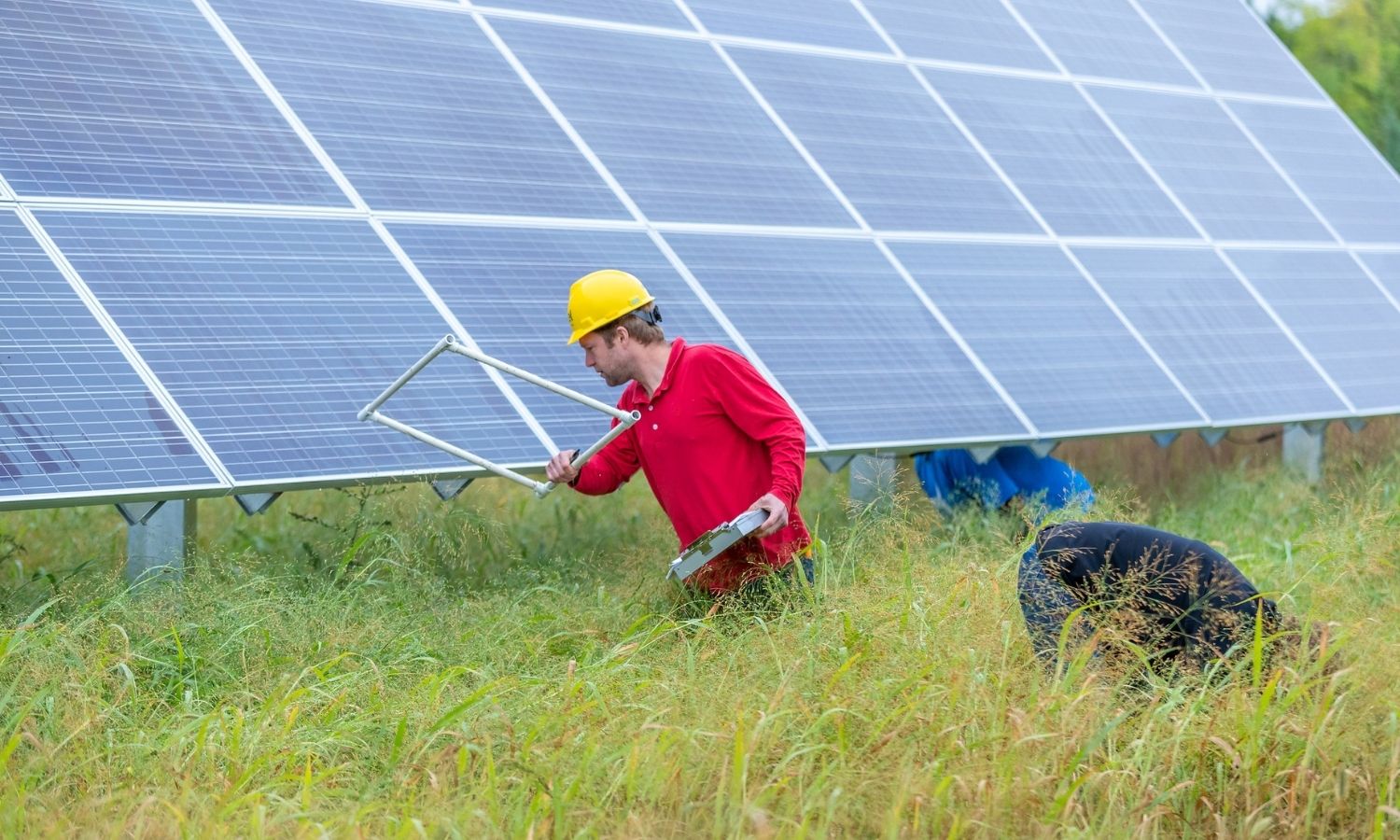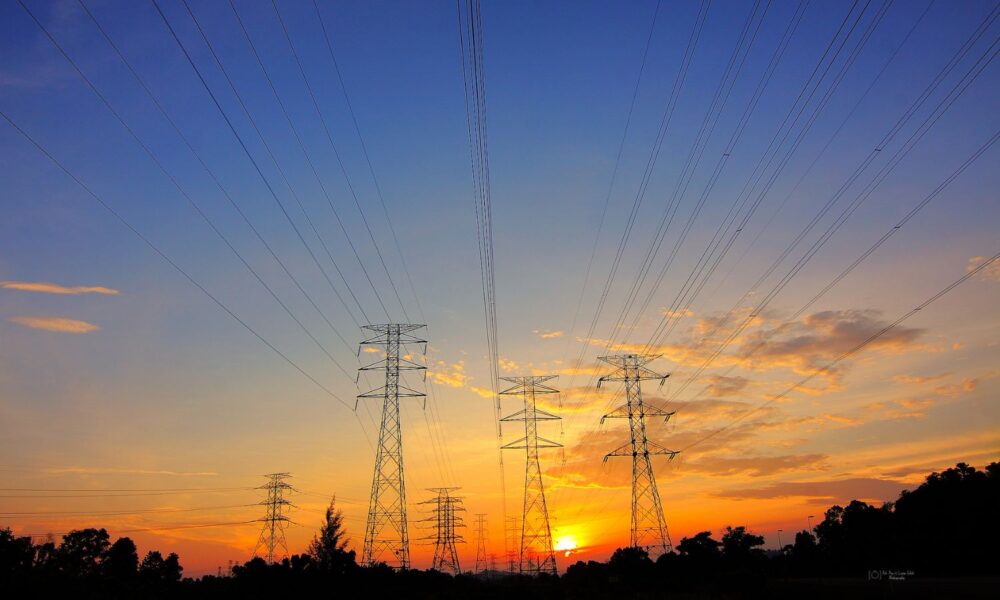The most consequential vote to advance a clean energy future won’t be happening in Washington, D.C., or your state capital next week. It will be happening in the (virtual) boardroom of the Midcontinent Independent System Operator (MISO), which has authority over the bulk electric transmission system across much of the Midwest.
MISO board members are expected to approve nearly $10.5 billion in new transmission investments to accommodate a shift to clean energy. The grid operator estimates that these investments will provide $37 billion to $69 billion in benefits to ratepayers over the expected life of the projects. When factoring in the value of a dollar invested over time, that works out to a return for ratepayers of $2.60 to $3.80 for every dollar invested.
Tallying a more robust transmission system’s benefits
Industry and government experts have long recognized that investing in our electric transmission system can provide a wide range of benefits, and MISO’s Long-Range Transmission Planning (LRTP) process is designed specifically to identify investments that capture those benefits for ratepayers. This LRTP’s first portfolio of projects, known as “tranche 1,” includes some of the most urgent projects that would enable utilities and states to meet their clean energy commitments. It all comes down to the system’s ability to effectively move low-cost energy—which these days is generated by wind and solar power—from where it originates to where it’s needed to meet customer demand. When you add up the stack of benefits, you can see why investing in the transmission system makes so much sense.

Investing in the transmission system would provide a wide range of benefits, including lower cost energy, greater system resilience, and more rapid decarbonization. Source: MISO
As you can see from the figure above, two categories make up the majority of MISO’s identified benefits: 1) reduced congestion and fuel savings, and 2) the avoided cost of unnecessary local expenses. Transmission lines are like roadways in that they can become clogged with too much “traffic” in the form of electrons. Opening up new lanes to reduce congestion not only allows cheaper energy to meet demand but also produces fuel savings by displacing output from fuel-dependent sources such as gas and coal with fuel-free resources such as wind and solar. Additionally, the ability to rely on a more diverse set of resources across larger geographic areas avoids the additional cost of having each local system build its own resources.
What’s also interesting about MISO’s approach is its willingness to go where few grid operators have gone before: quantifying the resilience (avoided risk of blackouts) and decarbonization benefits of new transmission system investments. While both benefits are widely recognized, attempts to put a dollar amount of them has been largely absent in transmissions planning. The wide range of estimated benefits for these two metrics ($1.2 billion to $11.6 billion and $3.5 billion to $17.4 billion, respectively) reveal MISO’s careful approach to quantifying these benefits, from a very conservative estimate at the bottom of the range to reflecting more expansive estimates of the costs of power outages and carbon emissions to ratepayers.
Grid upgrades enable clean energy industries to flourish

MISO’s LRTP tranche 1 investments are expected to enable more than 53,000 megawatts of new renewable energy, enough to power 12 million average homes annually. Photo: NREL
What’s missing from the range of benefits above are the new clean energy investments and jobs enabled by a more robust grid. It’s widely acknowledged that the current system isn’t up to the task of accommodating a transition to clean energy and that a congested transmission system is stymying investments in new clean energy resources. MISO doesn’t make decisions about what resources to add to the grid—that’s left to states and utilities to decide what best meets their needs—but an analysis by the renewable power advocacy group Clean Grid Alliance estimates tranche 1 will unlock nearly 53,000 megawatts of new clean energy resources, which could power 12 million average homes annually. Combining transmission system and clean energy investments, meanwhile, would create an estimated 333,000 new jobs.
Where do we go from here?
MISO’s approval of tranche 1 will be a big next step toward building a grid that would cost-effectively decarbonize the electricity system and make it cleaner, more reliable, and more resilient. The map below shows the breadth of investment represented by tranche 1. But it’s only the next step, not the last, both for these projects and for future transmission upgrades.

If approved, MISO’s LRTP tranche 1 would represent a historic investment in the region’s transmission system. Eighteen projects across nine states totaling more than 2,000 miles of new infrastructure would enable the next wave of Midwest clean energy development. Source: MISO
Assuming MISO approves the tranche 1 proposals, states will then evaluate them and they will have to go through siting and permitting processes that can take years to complete. In fact, most of the projects MISO is voting on aren’t expected to be in service until 2030. While 90 percent of the 2,000-plus miles of lines included in tranche 1 can be located along or next to existing transmission lines, it is still critically important that state siting and permitting processes are inclusive and accessible to communities affected by these projects.
More grid investments are urgently needed
Tranche 1 projects address longstanding congestion and reliability concerns, but this round of projects is not nearly sufficient to create a grid that can accommodate the pace and depth of power sector decarbonization necessary to secure a livable climate, cleaner air, and lower energy costs. States and utilities are shifting rapidly to more renewable energy and reducing their reliance on fossil fuels. While tranche 1 is a key first step, MISO is still behind on establishing a grid that aligns with a clean energy transition.
MISO is already starting work on LRTP tranche 2 proposals that aim to further accommodate the clean energy and decarbonization commitments utilities and states will implement in coming years. MISO is also planning a third and fourth tranche to address transmission issues in MISO South and better connect MISO’s northern and southern regions. But MISO needs to move faster on grid investments that will align with utility and state climate action policies. Years of inaction and ignoring calls from stakeholders to be more responsive to the clean energy transition have made the LRTP process and the efforts to get additional investments approved more urgent than it should have been.
The grid must keep up with the pace and scale of change driven by states, utilities and consumers—and the benefits of doing so are impossible to ignore.

